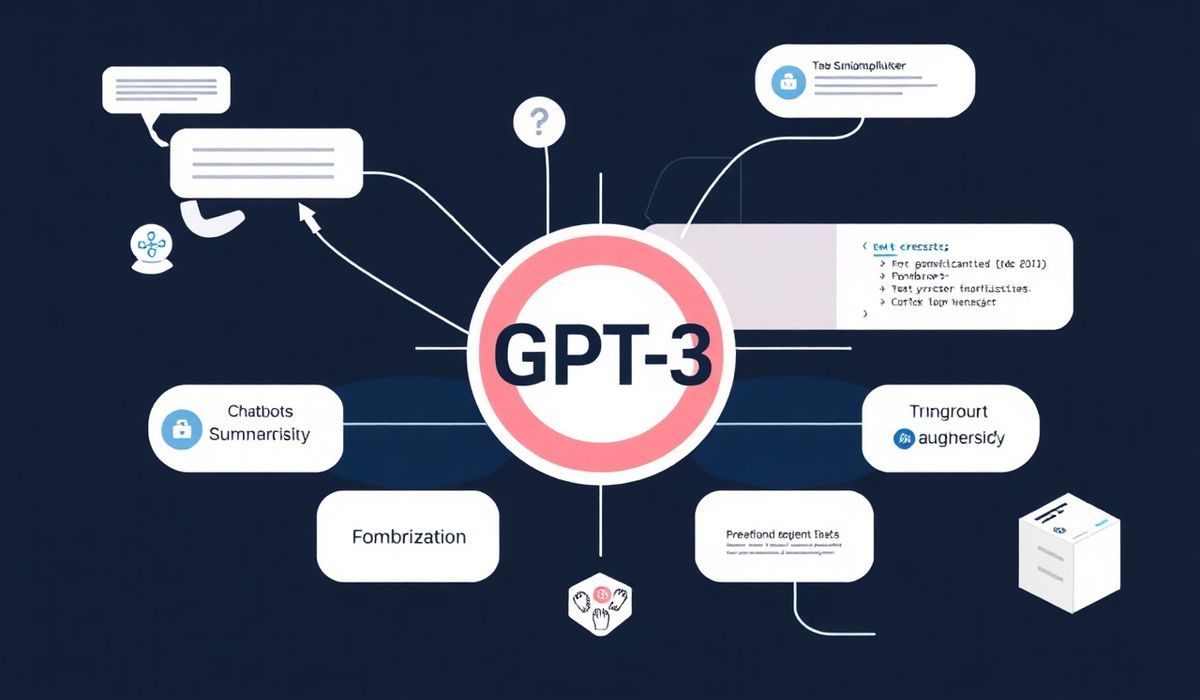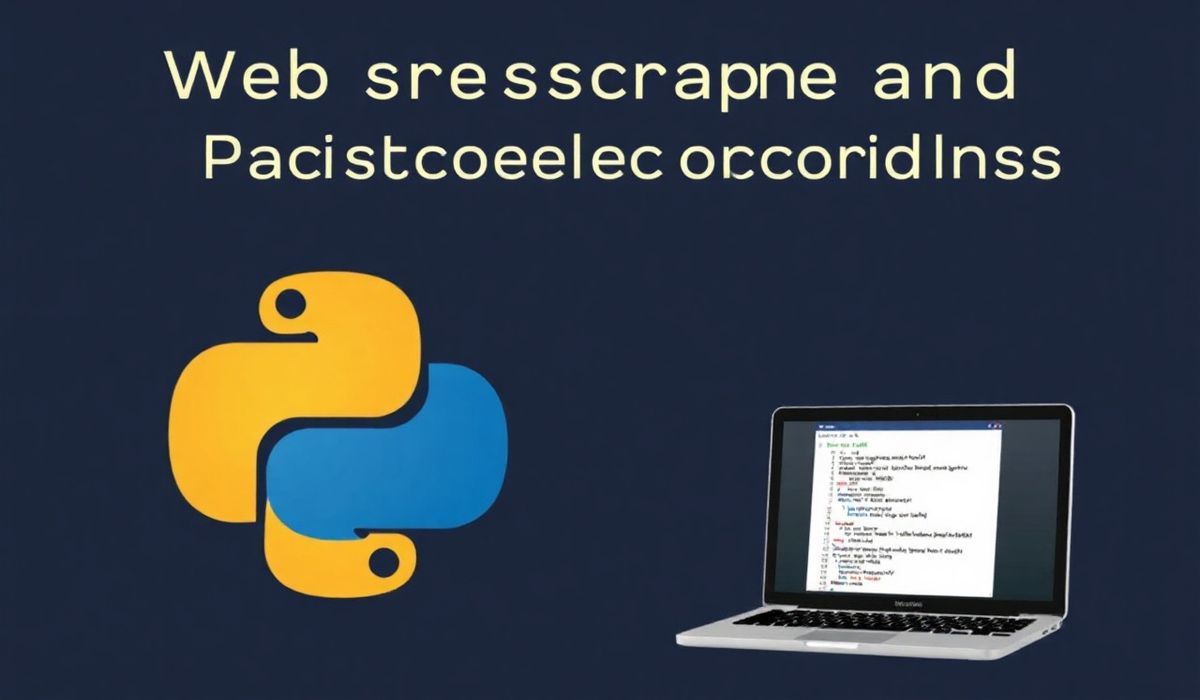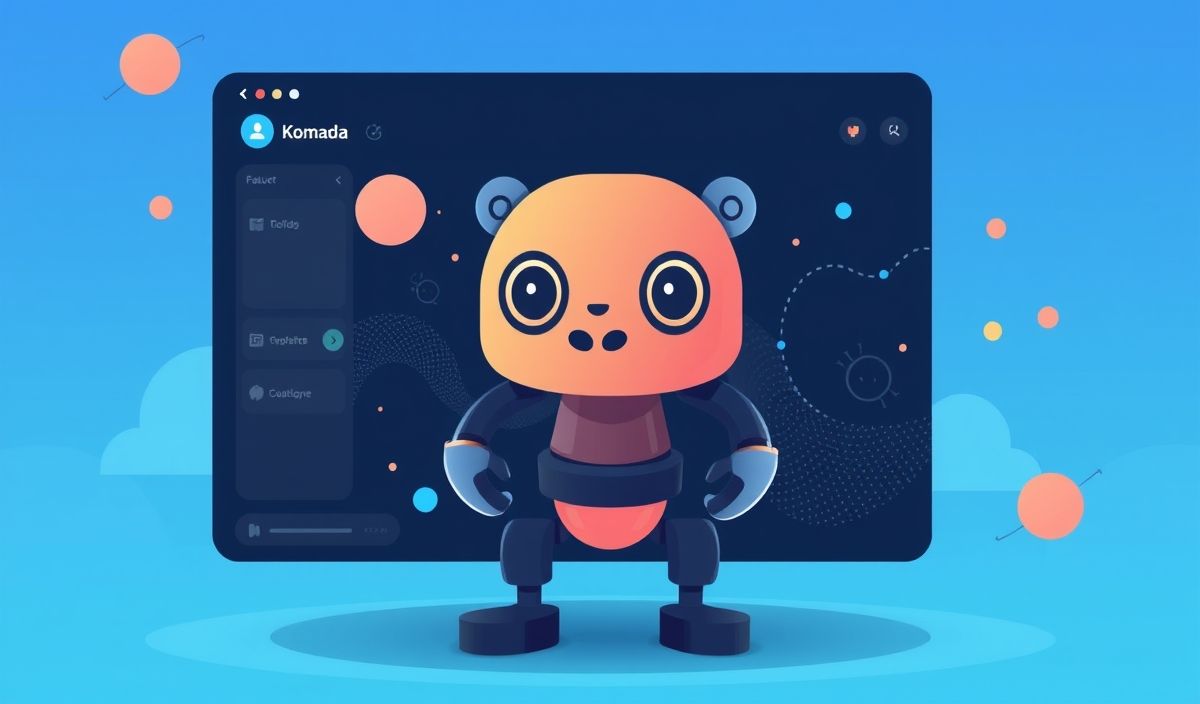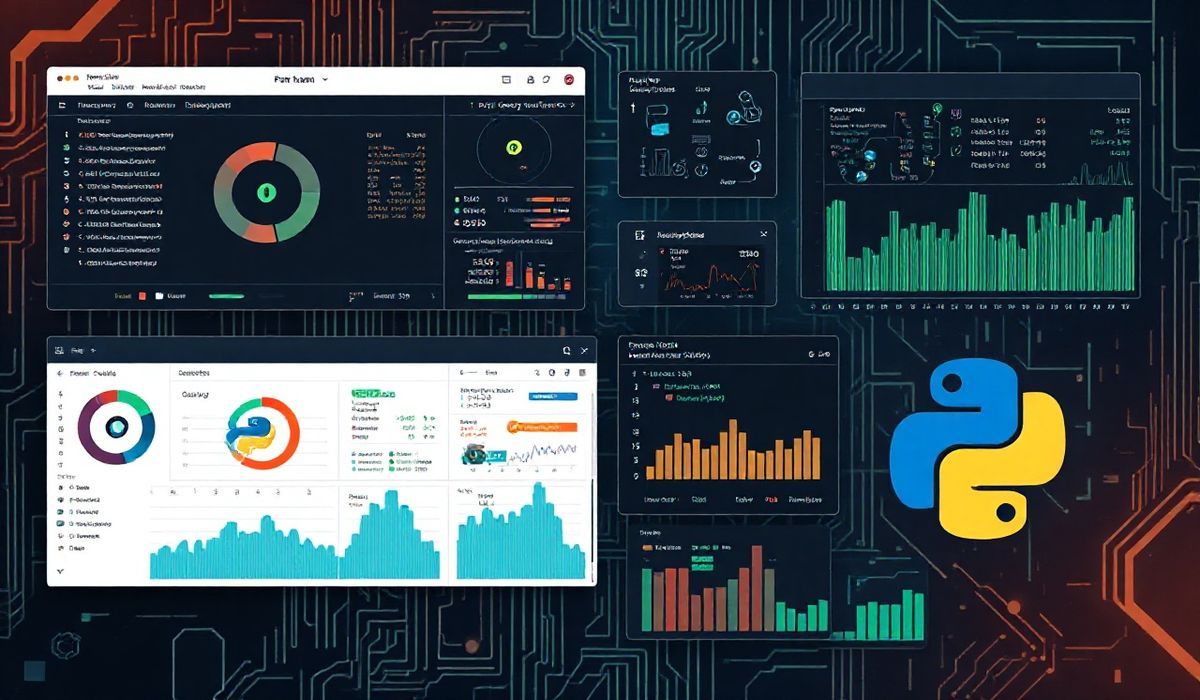OpenAI GPT-3: A Comprehensive Guide for Developers
Artificial Intelligence (AI) has taken giant leaps over the past decade, and OpenAI has been at the forefront of these advancements. Among its many innovations, OpenAI’s GPT-3 (Generative Pre-trained Transformer 3) stands out as a transformative tool for natural language processing (NLP), enabling developers to build sophisticated applications in areas like content generation, customer service, sentiment analysis, and more.
This blog post provides an introduction to OpenAI GPT-3, explains how developers can utilize its API, explores 20+ practical API use cases with code examples, and concludes with a generic application that uses the API to demonstrate GPT-3’s versatility.
What is OpenAI GPT-3?
GPT-3, developed by OpenAI, is one of the most advanced language models in existence. Built on cutting-edge neural network architectures, it boasts 175 billion parameters, making it capable of understanding and generating human-like text. Users can tap into its potential through the OpenAI API, which allows seamless integration into various projects and tasks. From automating responses in chatbots to summarizing complex documents, GPT-3 has endless possibilities.
Key features of GPT-3:
- Natural Language Understanding and Generation: GPT-3 can generate coherent, contextually accurate text that feels like it’s written by a human.
- Versatile Use Cases: From casual writing assistance to technical code debugging, GPT-3 powers a wide range of applications.
- Pre-trained Model: Since GPT-3 is pre-trained, developers don’t need to train it from scratch, cutting down considerable time and resources.
- Scalability: Through the OpenAI API, GPT-3 can handle small individual use cases or heavy enterprise requirements.
20+ Useful OpenAI GPT-3 API Use Cases with Code Examples
Here are examples demonstrating how GPT-3 handles various tasks using OpenAI’s API. These examples combine API details with Python code snippets.
Getting Started with OpenAI API
To use the GPT-3 API, you’ll first need an API key from OpenAI. Install the openai Python package using:
pip install openai
Then, initialize authentication:
import openai # Set up the OpenAI API key openai.api_key = 'your-api-key'
API Use Cases with Examples
1. Text Completion
Generate coherent text based on a given prompt.
response = openai.Completion.create(
engine="text-davinci-003",
prompt="Once upon a time in a serene forest, there was a fox and a rabbit...",
max_tokens=50
)
print(response.choices[0].text.strip())
2. Summarization
Summarize a lengthy article or text snippet.
response = openai.Completion.create(
engine="text-davinci-003",
prompt="Summarize this: " +
"Artificial intelligence is a branch of computer science that aims to create machines that can perform tasks that would typically require human intelligence. These tasks include problem-solving, decision-making, understanding natural language, and more.",
max_tokens=50
)
print(response.choices[0].text.strip())
3. Question-Answering
Answer questions based on provided context.
response = openai.Completion.create(
engine="text-davinci-003",
prompt="Context: Solar energy is harnessed from the sun using technology like solar panels.\n\nQuestion: What is solar energy?",
max_tokens=100
)
print(response.choices[0].text.strip())
4. Text Classification
Classify text sentiment, tone, or intent.
response = openai.Completion.create(
engine="text-davinci-003",
prompt="Classify this text: 'The product quality is amazing and customer service was excellent!'",
max_tokens=10,
temperature=0.0
)
print(response.choices[0].text.strip())
5. Code Generation
Generate code snippets.
response = openai.Completion.create(
engine="code-davinci-002",
prompt="Write a Python function to calculate the factorial of a number.",
max_tokens=80
)
print(response.choices[0].text.strip())
6. Debugging Code
Identify errors in code and suggest fixes.
response = openai.Completion.create(
engine="code-davinci-002",
prompt="Debug this code: \n\ndef reverse_string(s):\n return s[::-1\n\nreverse_string('hello')",
max_tokens=150
)
print(response.choices[0].text.strip())
7. Language Translation
Translate text between two languages.
response = openai.Completion.create(
engine="text-davinci-003",
prompt="Translate this English text into French: 'Good Morning, how are you?'",
max_tokens=50
)
print(response.choices[0].text.strip())
8. Content Expansion
Expand a sentence or idea.
response = openai.Completion.create(
engine="text-davinci-003",
prompt="Expand: The Metaverse is an exciting innovation.",
max_tokens=100
)
print(response.choices[0].text.strip())
9. Content Rewriting
Rephrase text while keeping the meaning intact.
response = openai.Completion.create(
engine="text-davinci-003",
prompt="Rephrase this sentence: 'The quick brown fox jumps over the lazy dog.'",
max_tokens=50
)
print(response.choices[0].text.strip())
…
Conclusion
OpenAI GPT-3 is a versatile tool that enables developers to build sophisticated NLP applications with minimal effort. The use cases outlined above are just the tip of the iceberg. By integrating GPT-3 into your projects, you can streamline workflows, build intelligent systems, and enhance user experiences.
Be sure to experiment and explore the full potential of GPT-3 by diving into the OpenAI API documentation. Happy coding! 🚀




